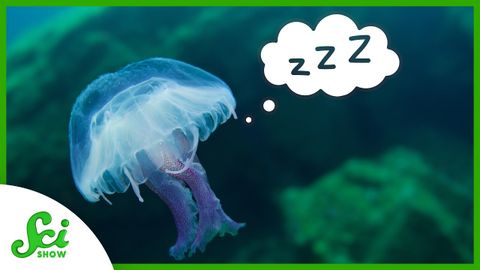先有腦還是先有睡眠?其實不用腦也可以睡覺?!(Do You Need a Brain to Sleep?)
Julianne Sung 發佈於 2022 年 01 月 24 日  沒有此條件下的單字
沒有此條件下的單字- v.t./i.棒;黏貼,張貼;堅持;伸出;忍受
- n. (c.)棍棒,棍枝,枝條
US /ˈmaɪndset/
・
UK /ˈmaɪndset/
US /ˈprɑsˌɛs, ˈproˌsɛs/
・
UK /prə'ses/
- v.t.用電腦處理(資料);(依照規定程序)處理;處理;流程;加工;理解
- n. (c./u.)(規定的)程序;過程;進程;方法;法律程序;進程
